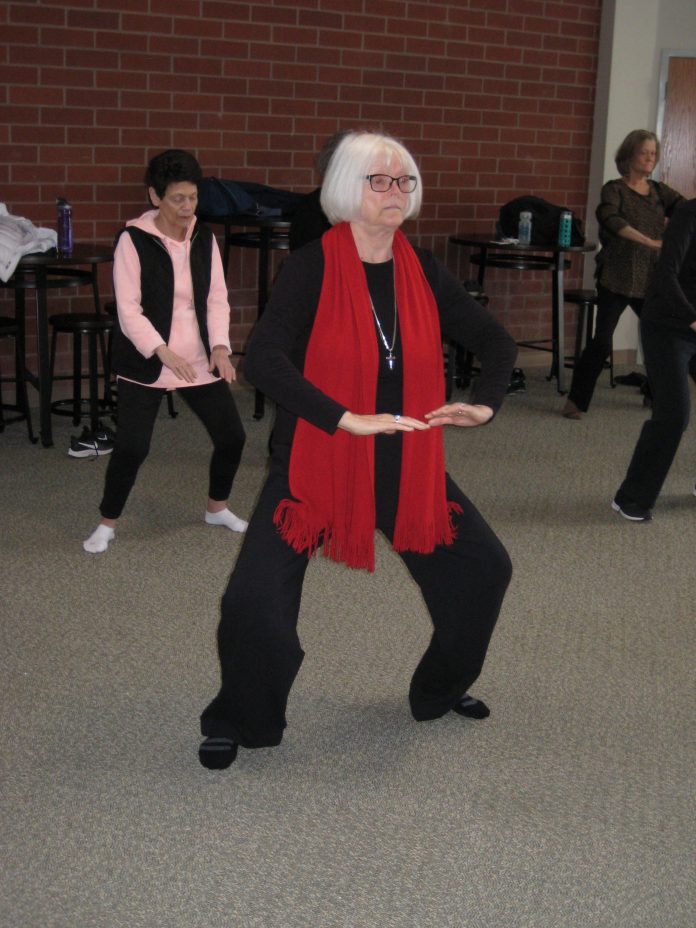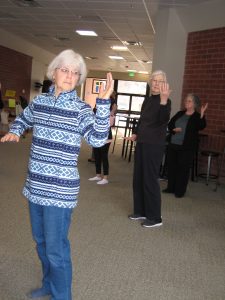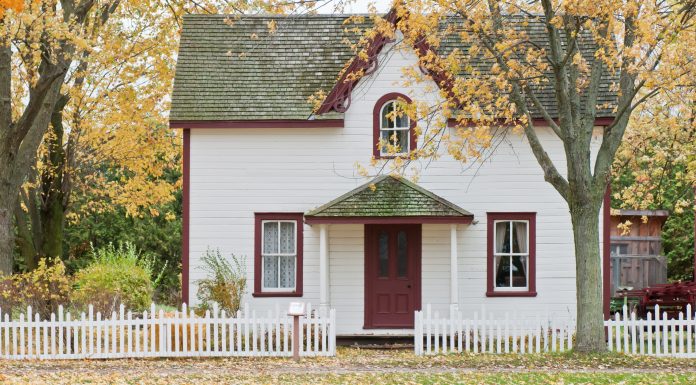If ever there were a “perfect” exercise regimen for aging adults, tai chi may be it. Consider this: Tai chi uses large, sweeping movements done at a slow, even pace and is simple to learn. It requires no special clothing, shoes, or equipment, so it’s affordable. It can be done almost anywhere—including in a chair. Its relaxed and fluid movements are less stressful on aging joints and muscles. And when practiced with a group, it lends itself to socializing.
For example, tai chi appears to reduce the pain of knee osteoarthritis, a common complaint among seniors. One study has shown that the reduced pain may be attributed to stronger muscles and better coordination, and a possible link between the mind-body component of tai chi. In addition, tai chi’s controlled breathing and movements can bring “tranquility” to ease many types of joint pain.
And who isn’t aware of a gradual loss of balance in their older years? Studies have shown that seniors who practice tai chi regularly have fewer falls. Tai chi targets all the physical components needed to stay upright—leg strength, flexibility, range of motion, and reflexes. Even Parkinson’s patients can see improved balance.
Aging adults with osteoporosis risk life-threatening injuries as a result of falling. Improved balance and slowed bone loss are both keys to reducing falls and subsequent injuries. Strength training, posture training, balance training, and weight-bearing aerobic activity are often recommended to people with osteoporosis. Tai chi addresses all four.
Tai chi also moderates something nearly all seniors put up with—chronic pain. Often, both the body and the mind become involved: the body experiences pain and the mind reacts with concern or even fear. The body tightens, breath shortens, and a “whole” mental/physical reaction sets in. If the condition is treated successfully, the mind is relieved. But if the pain returns, so does the fear, which feeds back into the body, causing muscle tension that exacerbates the physical pain. Tai chi has been found to break this “cycle of pain.” Through controlled breathing and movements that promote mental calmness, the pain of osteoarthritis, rheumatoid arthritis, fibromyalgia, and even tension headaches has been has been shown to diminish with regular practice.
At a seniors tai chi class in Fort Collins, CO, nine women and one man meet with instructor Denise Kocol to practice advanced tai chi. This class is one of many seniors fitness activities offered by the Aspen Club, a part of the University of Colorado Health system that offers many services to Coloradoans over 50. The class’s synchronized movements are a kind of choreography, with members slowly moving hands, heads, and feet into each position. No one speaks, and the only sounds are soothing background music and an occasional direction by the instructor. It is a ballet of intense concentration.
Seniors should look for tai chi classes at health clubs, senior centers, or recreation centers. Most classes welcome people of all ages. DVDs are also available for home use.
Tai chi may seem to be “mystical” in its practice and maybe a little too good to be true. But considering it has been around for centuries, there is obviously something to it!


























